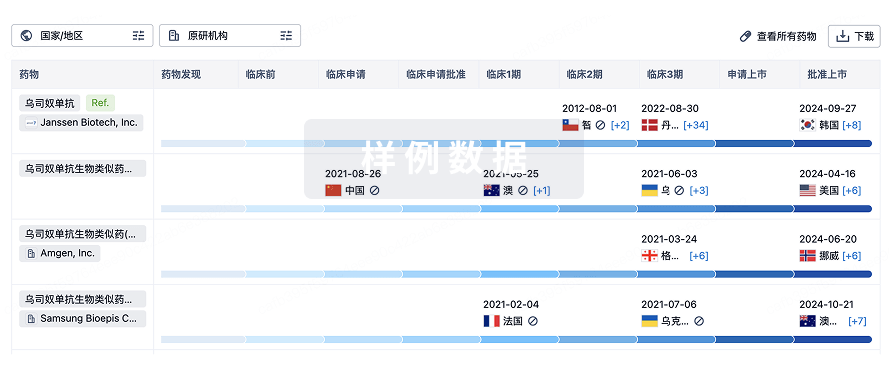BACKGROUND:Because the number of monoclonal antibodies available for severe asthma is growing, specialists currently choose without clear guidelines. Despite increasing knowledge on treatment response to these monoclonal antibodies, making the optimal choice for each individual patient remains a challenge. However, evidence of this daily challenge is lacking.
OBJECTIVE:To evaluate interobserver agreement on the choice of biologic therapy in severe asthma patients among severe asthma specialists, based on clinical cases.
METHODS:This 2-phase study included a pilot local study and an international validation study. Asthma specialists were presented 7 real-life asthma cases managed with a monoclonal antibody. Based on the clinical information provided in the cases, they were asked whether they would have initiated a monoclonal antibody and, if so, their treatment of choice between (1) omalizumab, (2) mepolizumab, (3) reslizumab, (4) benralizumab, and (5) dupilumab. Interobserver agreement for each question was assessed using Gwet agreement coefficient (AC1).
RESULTS:Sixteen physicians from the Province of Quebec (Canada) completed the pilot survey, and 70 physicians from 26 countries completed the international survey. The Gwet AC1 for the decision to initiate a biological therapy was 0.48 in the pilot survey and 0.33 in the international survey. For the choice of therapy, agreement was 0.33 and 0.26, respectively.
CONCLUSIONS:The interobserver agreement among asthma specialists in both the decision to initiate a biological treatment in patients with severe asthma and the selection of treatment is weak. These results highlight the need for studies seeking reliable predictors for optimal response to biological therapies.







